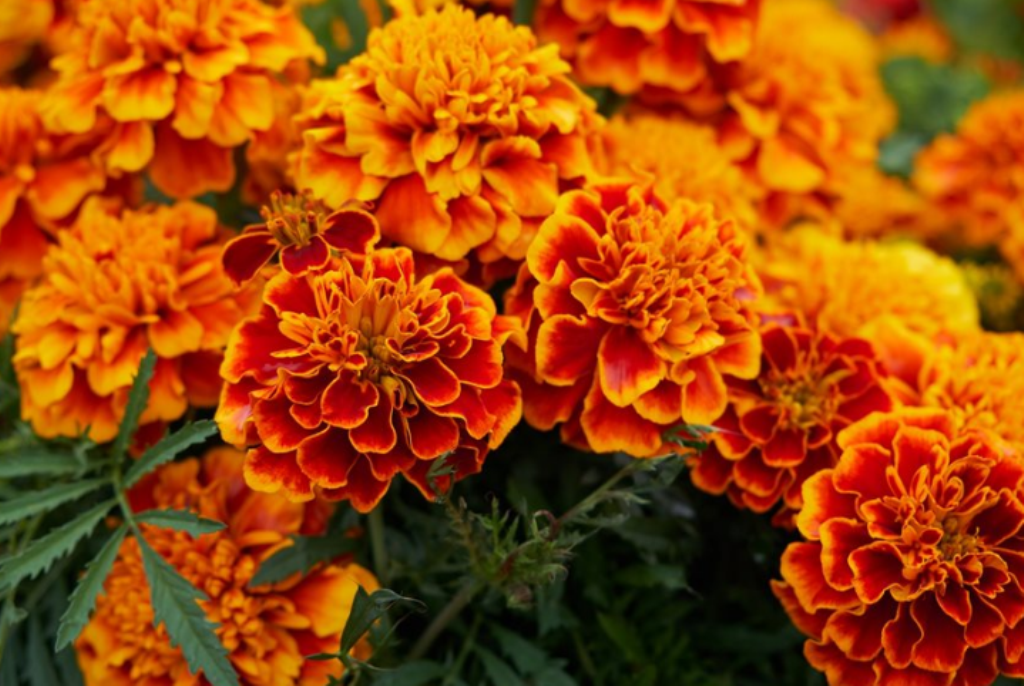
Marigold, one of the most popular flowers is extensively grown all over the world. Marigold can be grown throughout the year and its bright colour spreads positivity in the garden. There are 33 species of marigold flower and many varieties.
In India, Marigold is used in social and religious events. Marigold grows in just a few days, and can be a great friend of your vegetable plants, it protects vegetables from pests and insects and also give bloom to your vegetable garden.
What are the Soil and Climatic Requirements?
Marigolds can grow in all ranges of soils, only condition is that the soil must be light and well drained. The suitable pH level of the soil is about 5.6 to 6.5.
Although, all climates are preferable, but for the blooming growth of marigolds, mild climate is more preferable, with a temperature range of 18-degree Celsius to 20-degree Celsius. Plants can bear up to 35-degree Celsius temperature, and above that, flower size and quantity will be reduced. And too low temperature and frost can also damage the flowers.
How to Grow Marigolds?
-
Prepare the soil by digging down about 5-6 inches, and remove the stones.
-
Marigolds can be raised from seeds, cuttings, or you can directly transplant them by purchasing from the nursery. The best way is to propagate is through seeds. Marigolds germinate quickly in just 5-7 days, and starts blooming within 8-9 weeks. Sow seeds directly when there is no frost and soil starts to warm up.
-
Seeds can be sown at a distance of 1 inch, water thoroughly after planting. After sprouting, seeds can be thinned to about, 8 to 10 inches apart (French or Signet Varieties), 10-12 inches apart (African Varieties).
How to Take Care of Marigolds?
-
If your soil lacks nutrients, add some 5-10-5 granular fertilizer in the beginning. And do not fertilize during the growth.
-
If you are planting in containers, make space properly and use soil-based potting mix.
-
After the marigolds properly establish themselves, pinch off the tops of the plants, it will it will encourage them to grow bushier and more blooming.
-
Water at the base of plant, not on the overhead, and water more in high heat.
-
Mulchingcan suppress weeds and will keep the soil moist.
-
And talking about pests, the spray of water or application of insecticidal soap, repeated every next day will solve the problem of pests including spider mites, and aphids.
-
To protect your marigold from getting affected by fungal disease, avoid getting water on the marigold’s leaves and use well drained soil for plantation.
Harvesting
Pluck flowers after they attain full size. Try to pluck in the early morning or cool hours of the day. And, before plucking the flowers, irrigate the field, it will keep the flowers fresh after the harvesting too.
Growing Marigolds in your vegetable garden can be rewarding. So, what are you waiting for. Plant this blooming sunshine in your vegetable garden/ terrace garden today and improve your garden’s beauty and health of the plants.
For more updates, keep visiting. And follow us on Facebook, Instagram, and Twitter.
Stay Connected & Stay Updated…!!











